One of the loneliest places in the world is in the slow drift leading into a stiff rapid. The quiet and calm, the river’s current compressing and picking up speed, and a roaring horizon line falling away in the near distance. It’s not a spot for second thoughts, but in that instant I often wonder—is this what defines a whitewater paddler? And what about the rapids we choose not to run?
Portaging doesn’t make you less of a whitewater paddler
The lip of a rapid is a favorite place for me, although it feels exposed—the commitment having already been made but still waiting for the show to begin. This is especially the case today, on a solo wilderness raft trip. The Petawawa is a personal favorite. It’s a drop-and-pool river with slow, smooth entries leading into short and steep ledges or long and technical boulder gardens. I’ve run it every year for the last 15 years, but today feels different.
We river runners are a peculiar lot, we are dedicated to our skill-intensive craft that takes us to inaccessible but beautiful places. That we use the word “we”—as in we see ourselves as a unique group—is predicted by what sociologists refer to as social identity theory.
Social identity refers to how we grow to define ourselves as individuals by choosing to be a part of a certain group. When we buy into a group, in this case calling ourselves whitewater paddlers, social identity goes on to predict that we also adopt that group’s values and behaviors. It’s why paddlers wear Gore-Tex, chug booty beers and talk about going to church. Group values and sentiments become our own. As the academic S. Alexander Haslam writes, “We are motivated to live up to norms and to achieve goals that are relevant to our self-definition.”
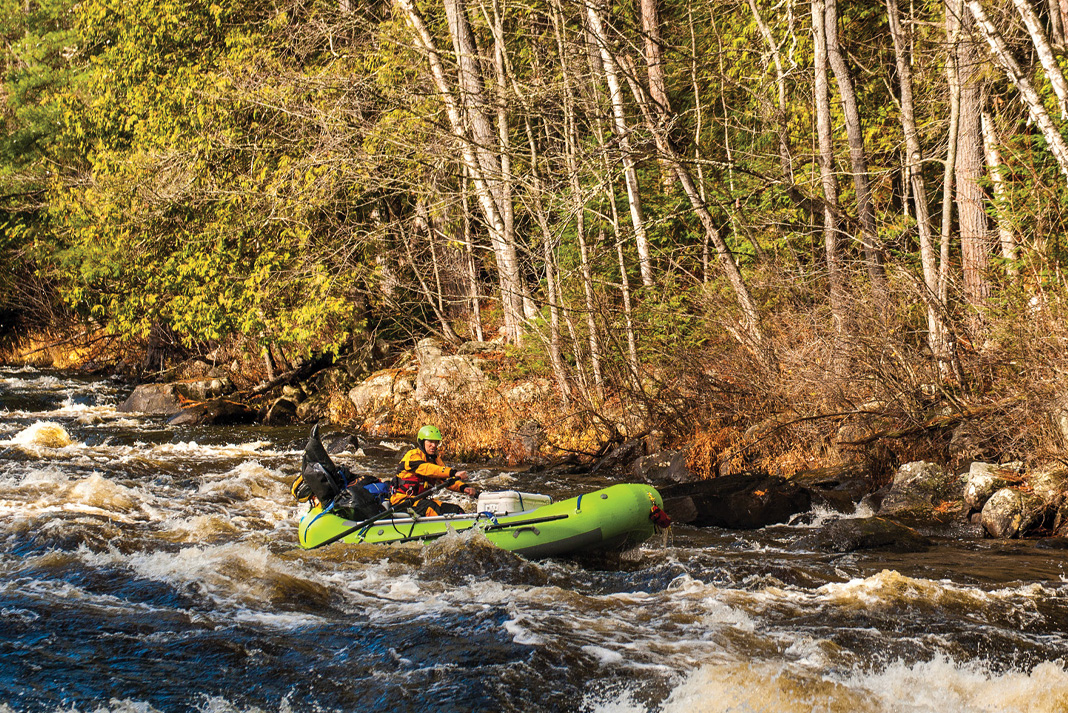
Proving yourself on the Petawawa
The Petawawa through Algonquin Park is a classic canoe trip with a couple portages. In an oar rig, it becomes stellar class III, with one notable exception. It is this exception that dogs my thoughts. Crooked Chute is a real rapid. Its long technical entry compresses and tips downward, into a steep and fast full 90-degree turn that needs to set up threading big holes, finishing with a long run out full of demanding moves between pinning rocks. At high water it’s a full class V, at medium flows a beefy IV with mandatory hole hits, and at low water a technical class IV. At a high water class V it’s a portage every time, no question, given the remote setting. The low water IV I’m perfectly comfortable with, as rowing rapids of technical difficulty is my thing. It’s the in-between I’m worried about.
For the first day and a half on the river I find myself worrying over what the water level will be at Crooked. I scan for clues in the early rapids as to what it will be like farther downstream. In camp the first night I fall asleep rehearsing the different lines in my mind, nervous for the beefy hole punching.
Weird. I rarely worry about what’s downstream. I ask myself what it is I’m fretting over, visiting the usual suspects: getting old, becoming risk averse, losing my skills. It’s none of these. What I am worried about is making the call between a beefy IV and a too-beefy IV. Why has this routine scouting decision become a conflict? This is where social identity comes in.

Whitewater is who we are
I’m a river person. Rivers have shaped what I do, where I live and what I believe. I identify myself as a river guide and a whitewater paddler, even though what used to be 200 days a year on the oars is now more like 20, half of which are on class II fly fishing rivers.
My conflict? If I decide that a rapid is over my head, does that mean I can still claim membership in the whitewater guild? That I’ve run the rapid every trip before this only makes me more self-conscious. If I portage today am I less a whitewater paddler than I was before? This is ridiculous, of course, and the pressure is entirely self-imposed. It is a solo trip, after all.
On the portage around Crooked Rapid I have a lot of time to think. Whitewater is not just what we do but who we are. Deciding a rapid is too tough today has little to do with my identity. As a river runner I believe the worth of any one rapid is only as good as the whole river trip it contributes to.
A whitewater paddler from start to end
The entry float into a big rapid may be a lonely place, but I take solace in knowing I’m part of a bigger group. It’s a group of people who run rivers from put-in to take-out. Sometimes we run every drop along the way; often we don’t. Either way, it’s okay. Membership in this tribe isn’t based on a single stunt, but a lifestyle, moving us from shore to shore, seeking flow.
If I portage today am I less a whitewater paddler than I was before? | Feature photo: Ben Kitching/Unsplash


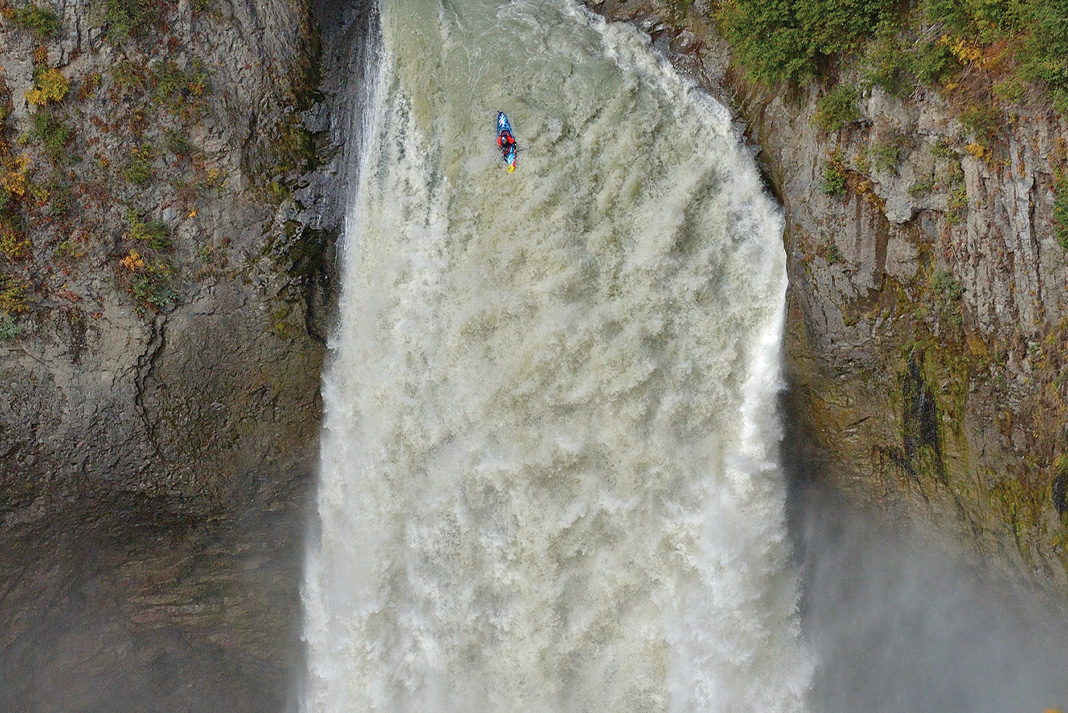
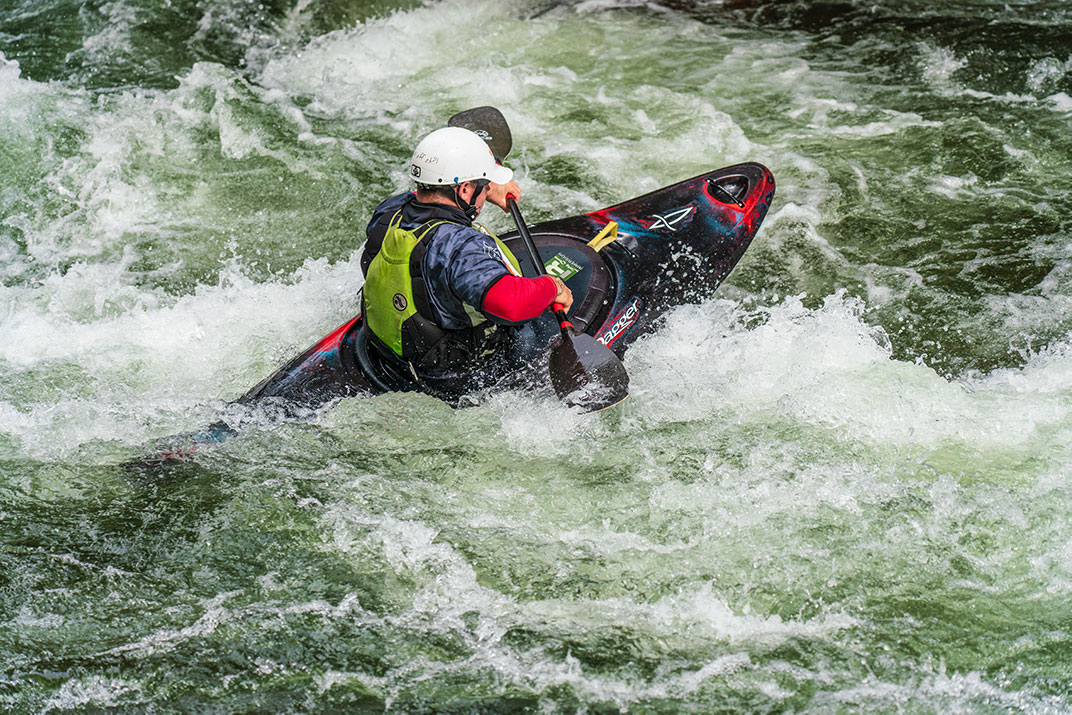

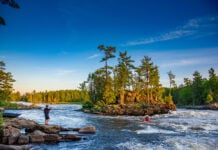
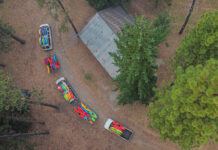
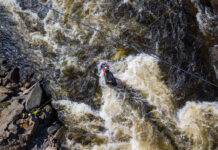
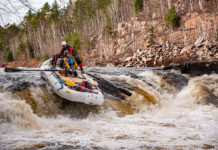


What is with the talk of going to church? In Europe you would never ever have that as a topic of paddling conversation. This is an interesting glimpse into the creeping religious extremism that can be perceived to be growing so steadily in American.
Ian Law, no, not that church. It is a cathedral of canyon walls and mountain spires where you commune with others (paddlers) in the holiness of this place we’re paddling together in. Make sense, now?